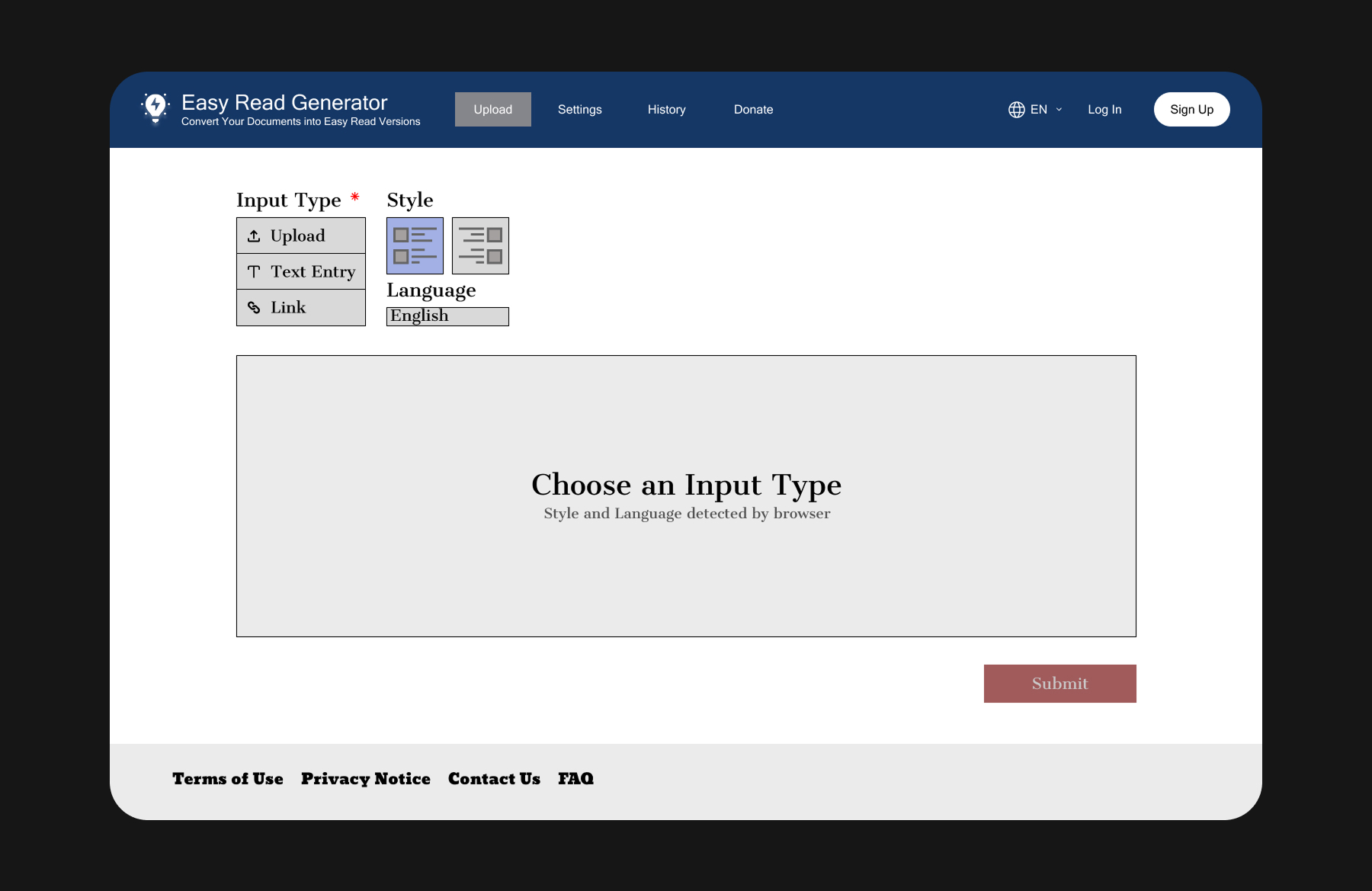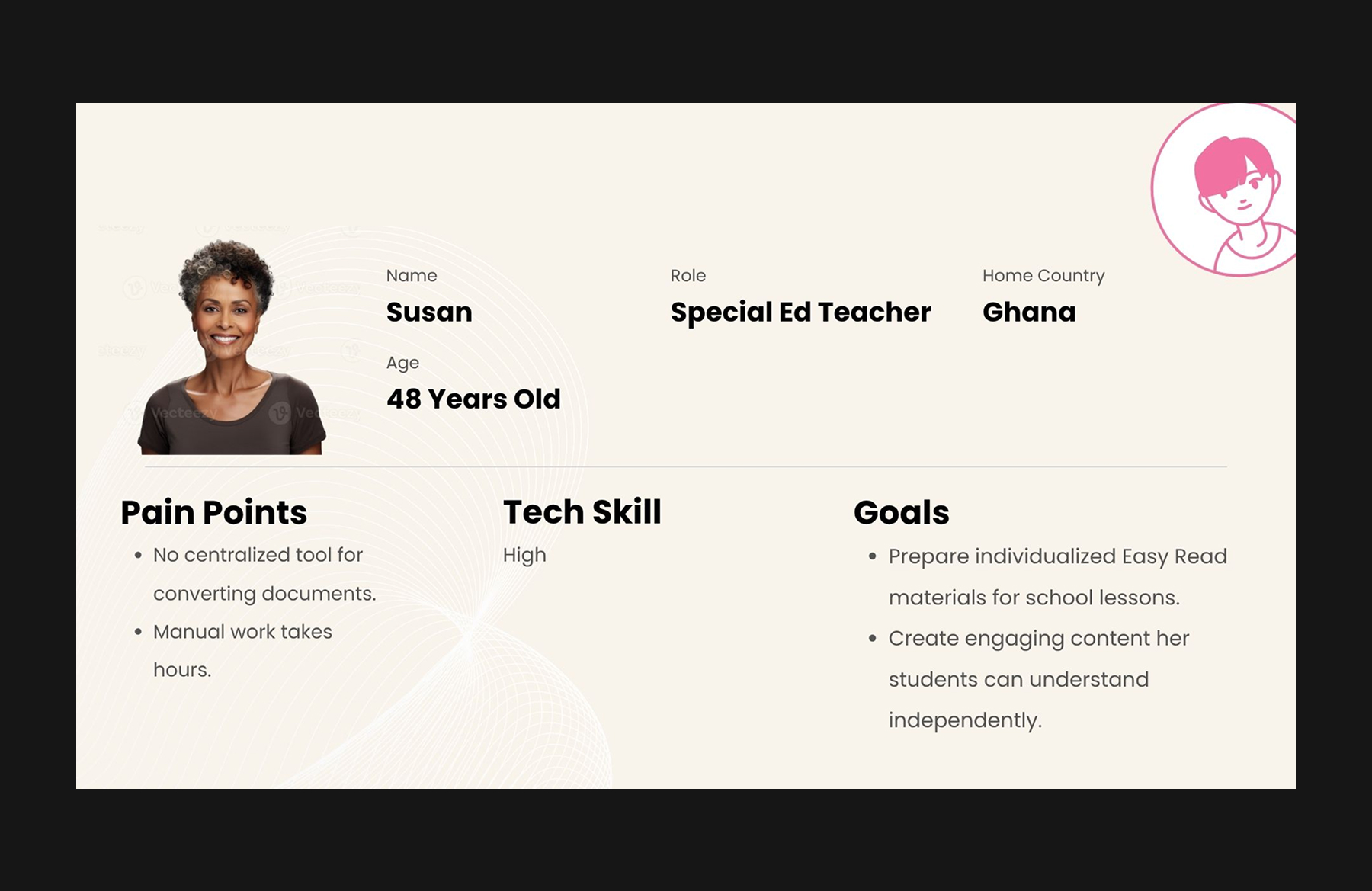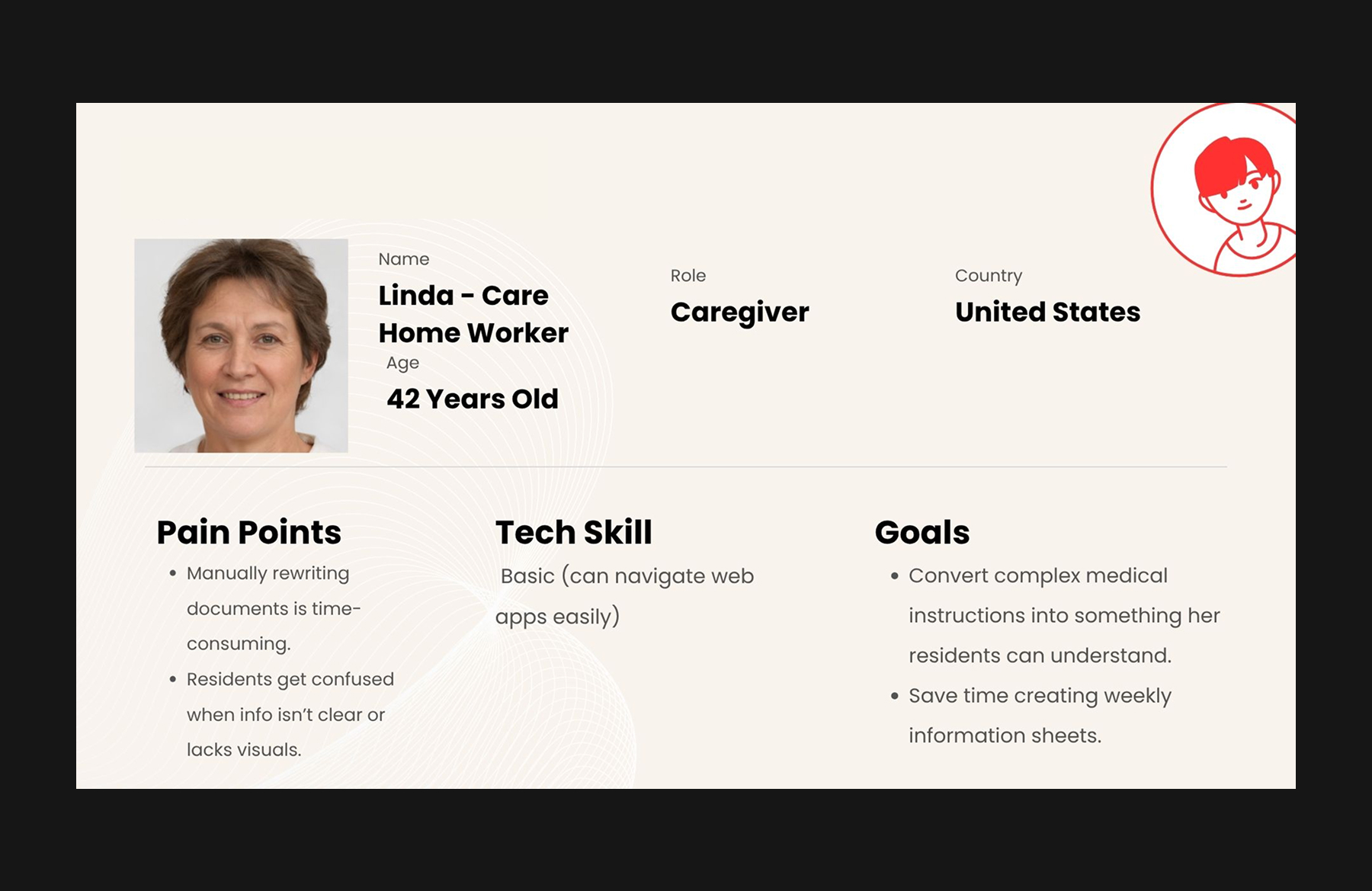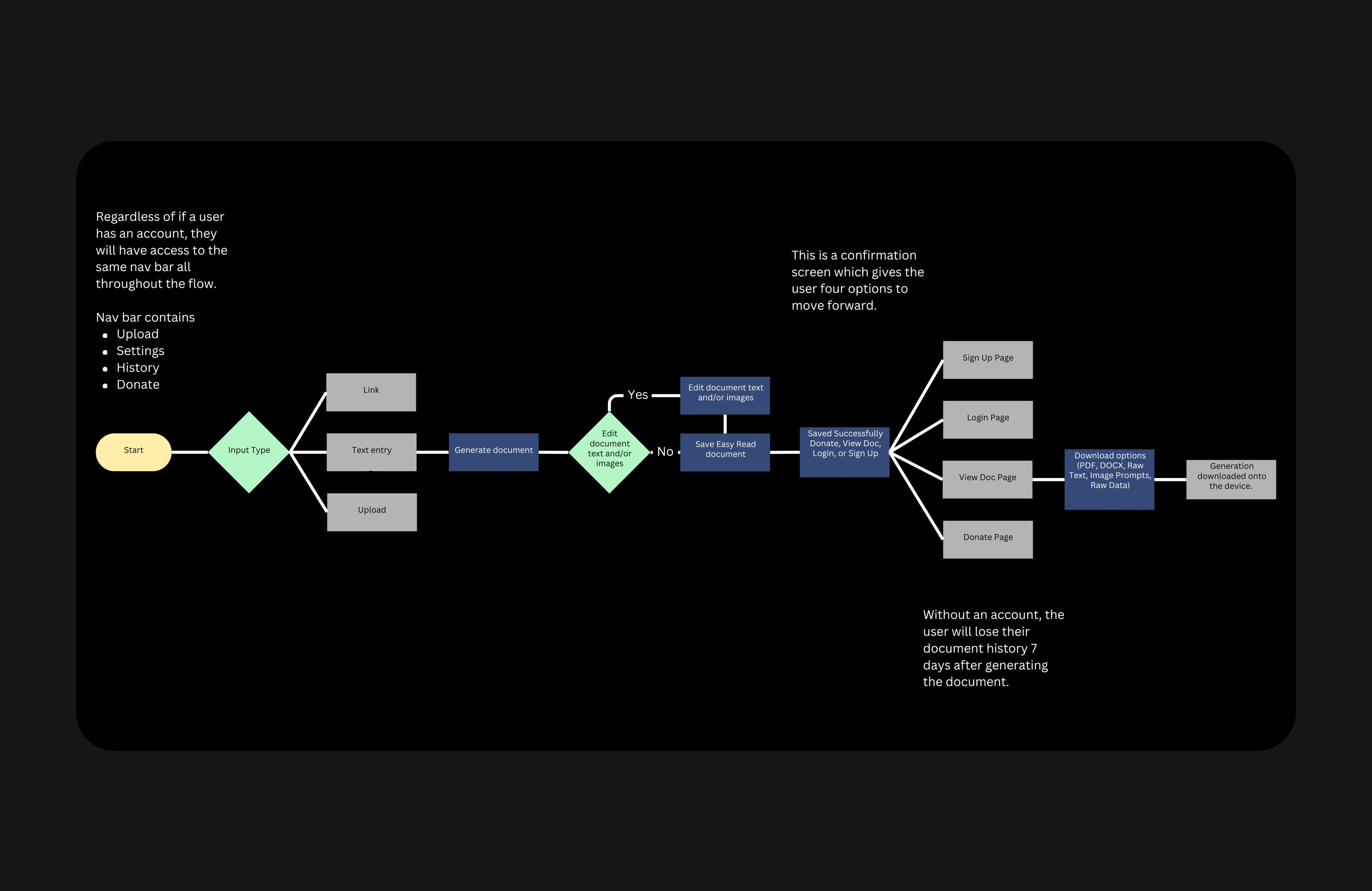I facilitated biweekly design reviews with the client, adopting an agile workflow across the 10-week project. Each meeting involved presenting design decisions, reviewing feedback, and collaboratively adjusting features.
LANDING PAGE
The original landing page included a closable Document History window, which cluttered the interface and conflicted with the tool’s one-time use focus. It was later removed to optimize the experience. The final design presents only relevant Input Type (uploading files, pasting text, or entering links). Language and Style now auto-detected by the browser. These changes reduce cognitive load and ensure the tool’s purpose remains clear and intuitive.
FLOW AND NAVIGATION
The original user flow had the Login or Sign Up screens first, with no access to the Upload tab while on these pages. Not wanting to create barriers so early on in the process, the navigation bar and the user flow were reworked for the final iteration The user now starts on the Upload tab for speedy task completion. Even when on the Login / Sign Up pages, the navigation bar now stays the same. Further, it stays consistent for users with or without an account. History and Settings are now tailored to users depending on this State.
BUTTONS
Originally, a “Discard Changes” button was placed beside “Save” in the document editing canvas. However, testing revealed it caused confusion and introduced unnecessary complexity, so it was removed.
LANGUAGE
The “Close” button on the “Saved Successfully” screen was renamed to “View Document” to guide users more clearly to the next step, which is accessing their generated file. In the document editing canvas, language was further refined to better support prompt engineering. “Edit Image Prompt” replaced the vague label “Suggested” to make it clearer how users could revise their generated images.
These refinements emerged through iterative testing and close collaboration with the client.





